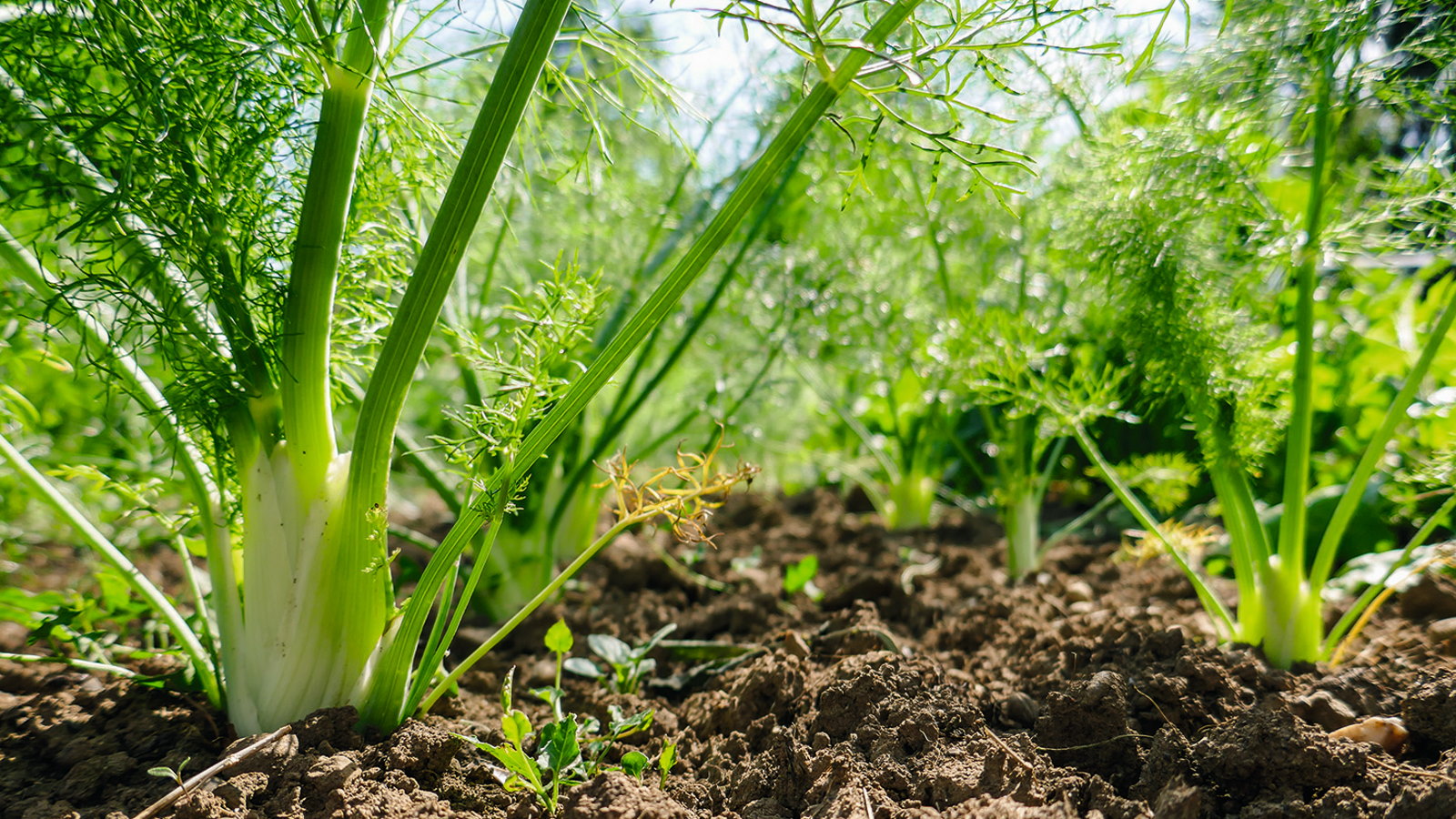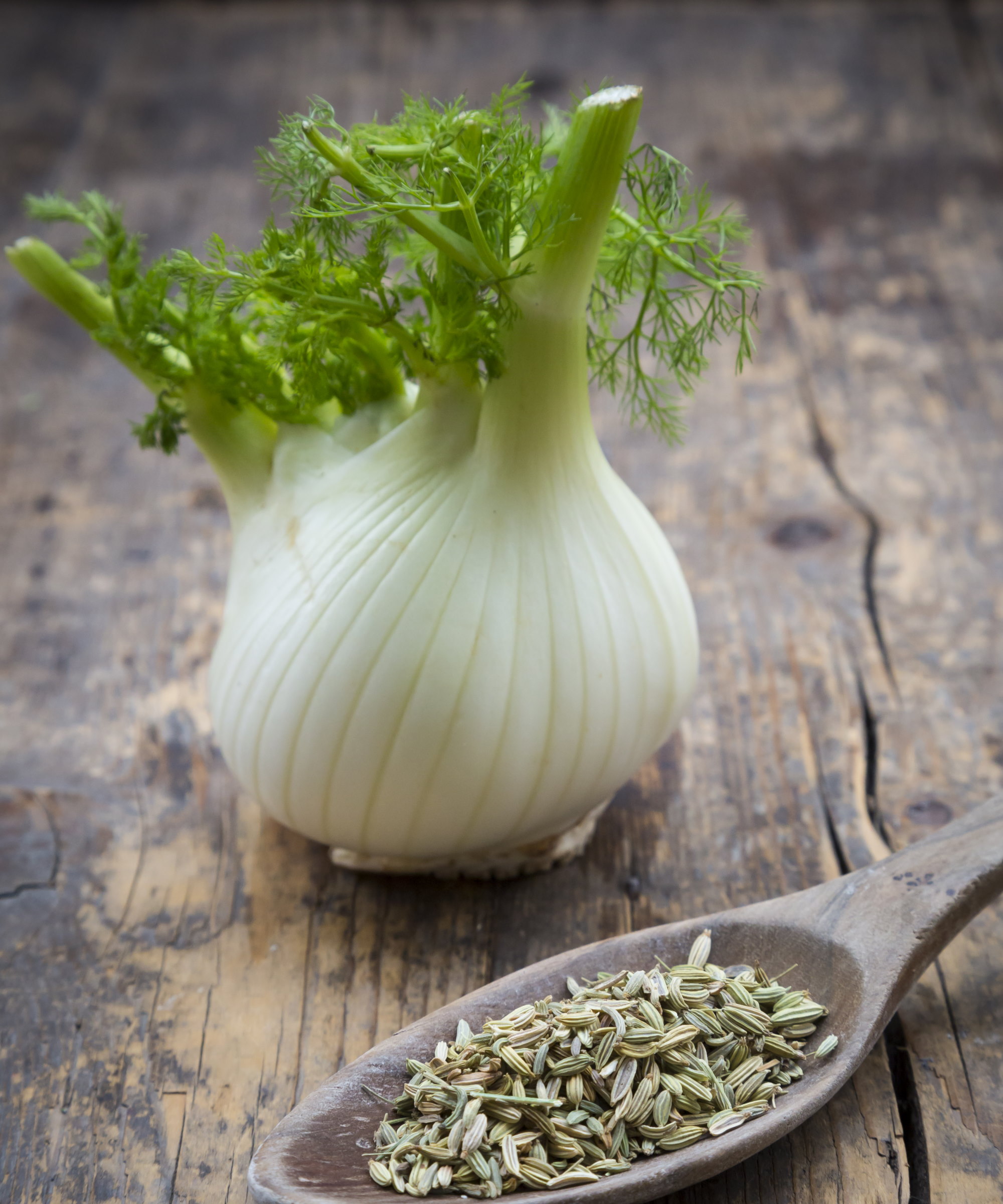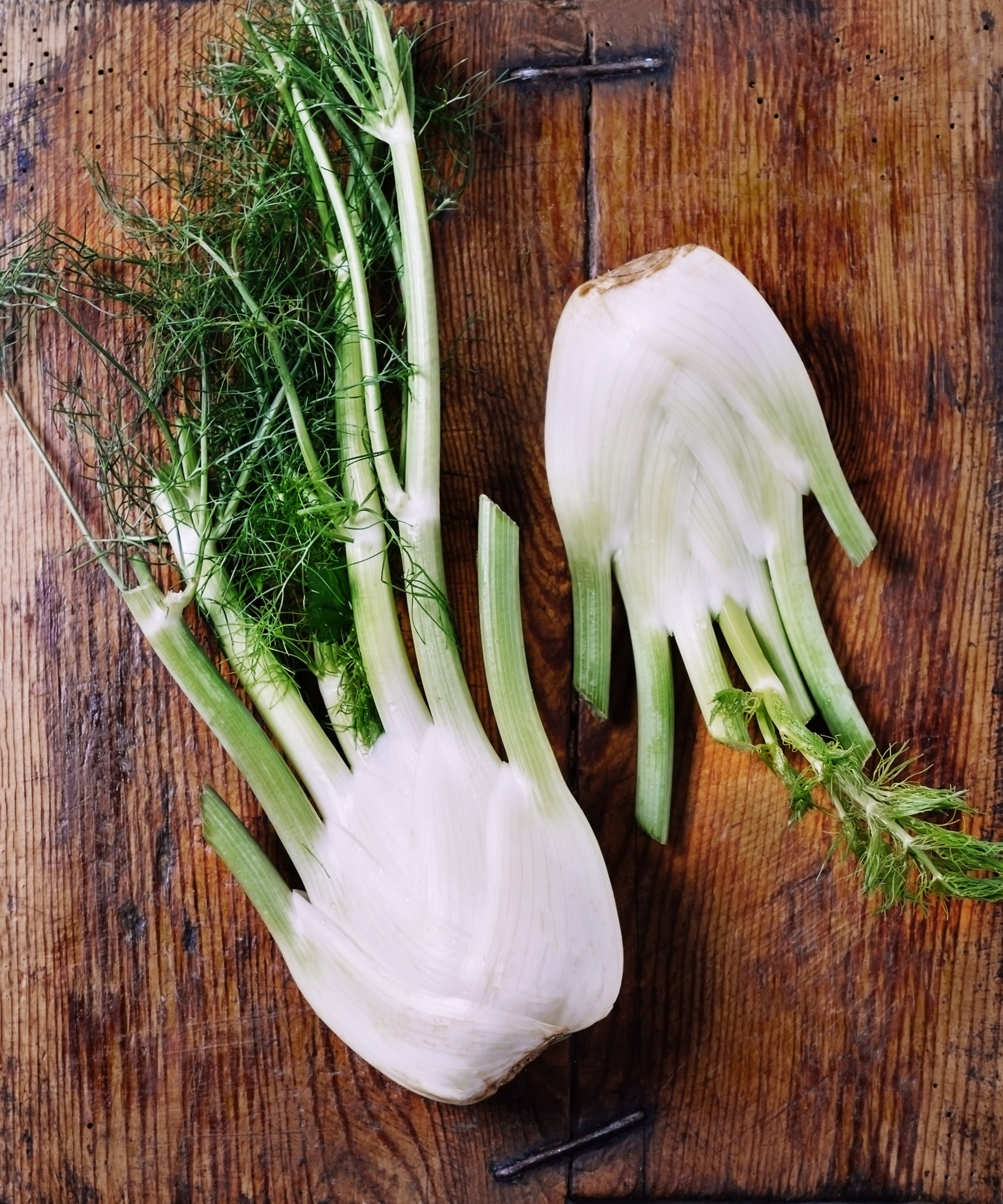
Fennel is a popular plant grown for its distinctive aniseed flavor that can enhance many kitchen dishes. Common fennel is a feathery herb, while Florence fennel develops a swollen bulb and that bulb can quickly be encouraged to resprout.
It is so simple to regrow fennel from cuttings using a part of the bulb that far too many people usually discard. It offers a quick, sustainable way to get more from your bulbs when you grow fennel at home.
So let's look closely at how to grow fennel from cuttings using a few common household items. Within two weeks, you can get aromatic harvests to add to dishes.

Can you regrow fennel?
Fennel is one of many vegetables that can be regrown from scraps at home. You can regrow leeks from scraps, grow celery from a stalk, or regrow lettuce, onions, turnips, beets, or more. Reusing parts of vegetables so often thrown away is a fantastic sustainable way of getting more harvests.
How to regrow fennel in 6 steps

It is quick and simple to regrow fennel from scraps. Follow these easy steps to grow fennel from cuttings and you will see results within a few days. These 6 steps include expert advice from an experienced senior horticulturist.
- Trim the fennel - Cut the base of the fennel bulb about 1-2 inches above the base. Use the top part of the bulb to cook with, but leave the base and an inch or two of the bulb unharmed
- Place in a container - Choose a shallow dish to regrow fennel in. Amy Enfield, senior horticulturist at ScottsMiracle-Gro, recommends a ‘glass dish, clean take-out container, or even a small canning jar’ as suitable options. She adds: ‘Place your fennel piece in the container (root base down, cut side up) and add just enough water so that the base is covered but the top is not submerged.’
- Find a sunny spot - Place the container on a sunny windowsill. It wants to be bright and indirect light, rather than direct sun
- Change the water - Replace the water with fresh every couple of days to prevent the fennel from going mouldy in stagnant water. It should grow quickly and Amy Enfield reckons you should see new shoots within a few days. ‘This should be followed shortly by new roots beginning to grow from the base of your fennel,’ she adds.
- Pot up the cutting - ‘After about two weeks, once new shoots are growing and you see new roots forming, you can either keep growing your leek in water or transplant it into a small pot with potting mix,’ says Amy. Choose a small container and fill it with free-draining potting soil for container gardening. Plant the cutting so the soil level sits where the new shoots sprout from the old fennel base and place the container somewhere sunny.
- Transplant the new plant - Once the plant has filled its container, it can be upgraded to a larger pot. Alternatively, plant the fennel outside in the vegetable garden to continue growing. As Florence fennel is a biennial plant, it won’t develop into another full-sized bulb. However, it will grow stalks and fronds that can be used in cooking. You can also let the bulb flower and collect seeds.
A specially formulated potting mix to help grow big, healthy plants. This potting soil absorbs up to 33% more water than basic potting soil and feeds plants for up to six months.
FAQs
Can you regrow store-bought fennel?
It is possible to regrow fennel from bulbs bought at the grocery store or farmers market. However, Amy Enfield, senior horticulturist at ScottsMiracle-Gro, recommends checking the quality of the fennel bulbs. She says: If you plan to use store-bought fennel, make sure that the bottom of the bulb has a noticeable, healthy base (where the roots once grew).’
Be careful when planting fennel in the kitchen garden, as it can badly affect other vegetables. When you grow tomatoes, eggplant, peppers, or beans, for example, fennel is not a good choice for companion planting as it can stunt the growth of those crops. It can help as a companion plant for cucumbers and lettuce, as it attracts bugs and helps get rid of aphids.







